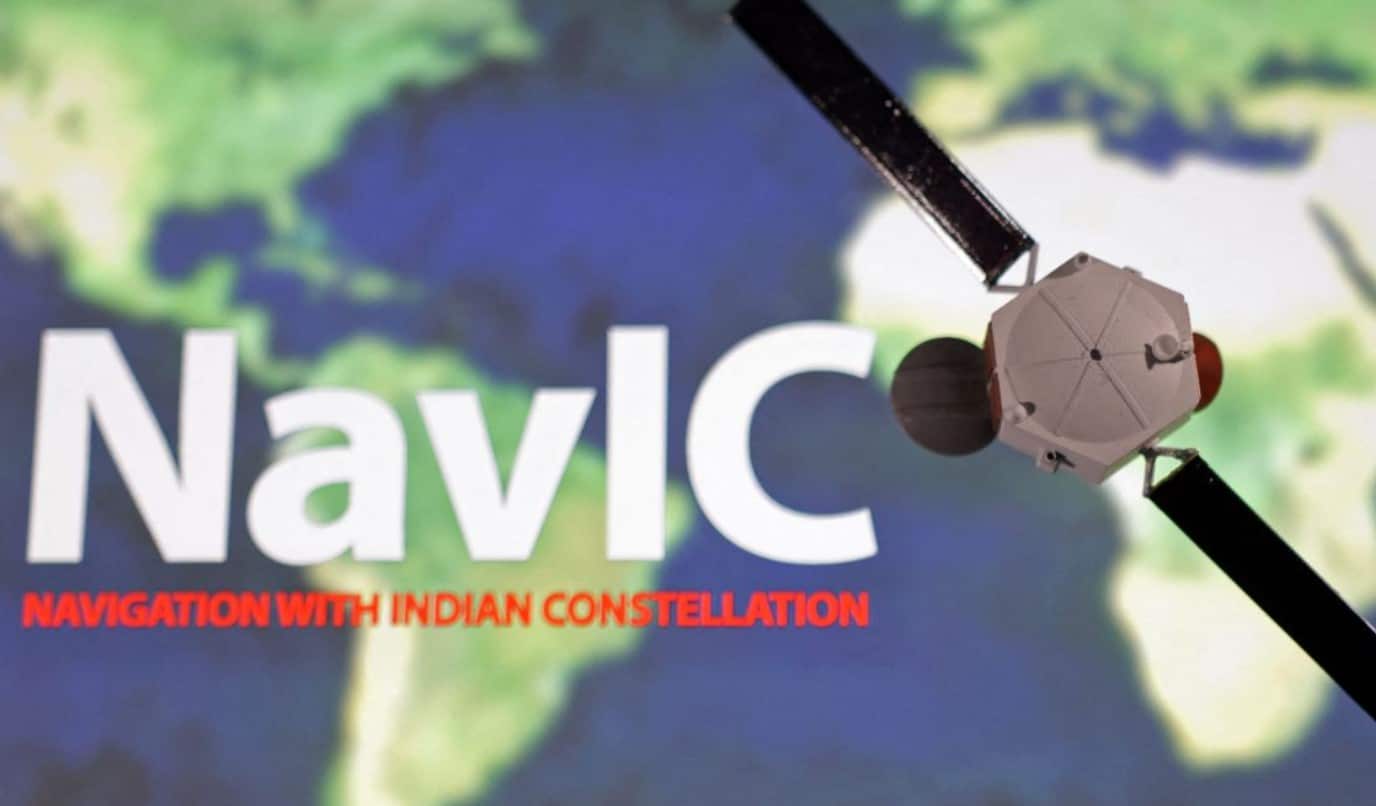Highlights
- iPhone 15 Pro and iPhone 15 Pro Max integrate India’s homegrown GPS system, NavIC, developed by ISRO.
- NavIC promises precision navigation, covering India and extending up to 1500 km beyond its borders.
- Apple’s move resonates beyond mere tech integration, hinting at deepening ties with India’s technological landscape.
As iPhone 15 sales gear up for September 22nd across worldwide markets, including India, one particular aspect of these sophisticated devices demands the spotlight: their collaboration with India’s space research prowess, ISRO.
A Space-tech Integration: NavIC in iPhone 15 Pro & iPhone 15 Pro Max
For the uninitiated, Navigation with Indian Constellation (NavIC) is the brainchild of the Indian Space Research Organisation (ISRO).
And, for the first time in Apple’s iPhone legacy, the iPhone 15 Pro and iPhone 15 Pro Max come with this homegrown GPS system.
TechCrunch first drew attention to this nuance, and if you delve into the detailed specs, it’s nestled within the cellular and wireless sections.
Notably, this feature has been reserved exclusively for the Pro models.
Decoding NavIC: India’s Stellar Navigation System

But why all the buzz around NavIC? This regional navigation satellite system, architected by ISRO, boasts of a constellation of seven satellites, enveloping India and extending up to 1500 km beyond its territorial embrace.
It’s not just about mapping your next road trip or finding the closest café. NavIC plays a pivotal role across diverse domains—be it terrestrial, aerial, and marine transportation or quintessential location-based services and personal mobility. Its integration reflects a blend of innovative tech with precision navigation.
The Apple-NavIC Symbiosis: A Bigger Picture

While the iPhone 15 Pro models are Apple’s maiden voyagers into the NavIC galaxy, the satellite system has been gracing other smartphones like Xiaomi, OnePlus, and Vivo in recent years.
Yet, Apple’s decision to incorporate NavIC resonates beyond just tech integration.
Since 2017, Apple has been steadily planting its manufacturing roots in India, initiating with the iPhone SE assembly.
In a groundbreaking move, the iPhone 15 series will witness locally assembled units retailing in India concurrently with China-produced counterparts.
This surge in indigenous production signifies Apple’s deepening ties with India and a prospective epoch where iPhones might, someday, proudly sport the “Made in India” tag.
In wrapping up, the iPhone 15 Pro’s adoption of NavIC isn’t merely a feature add-on—it’s a testament to global-tech local collaborations, a bridge between Cupertino’s innovations and Bengaluru’s space-tech marvels, and a promise of what the future might hold for Apple in India.
FAQs
Ques) What is NavIC, and why is it gaining attention in the new iPhone 15 Pro series?
NavIC, or Navigation with Indian Constellation, is a regional navigation satellite system crafted by ISRO. For the first time, Apple’s iPhone 15 Pro and Pro Max models have integrated this system, marking a significant collaboration between the tech giant and India’s space research domain.
Ques) Are all models of the iPhone 15 series equipped with NavIC?
No, only the Pro models, iPhone 15 Pro and iPhone 15 Pro Max, feature the NavIC system. The standard iPhone 15 and iPhone 15 Plus do not incorporate this feature.
Ques) How does the NavIC integration affect the iPhone’s GPS capabilities?
NavIC has been designed to provide accurate positioning and timing information over India and a region extending up to 1500 km beyond its borders. Its incorporation enhances the device’s GPS capabilities, especially within the covered region, promising users improved location-based services and mobility.
